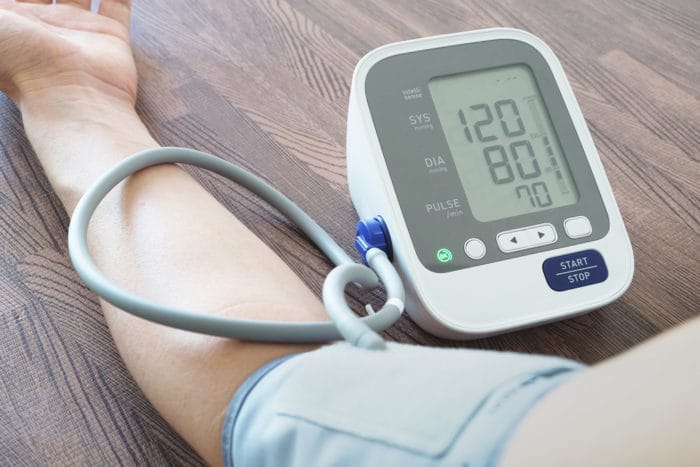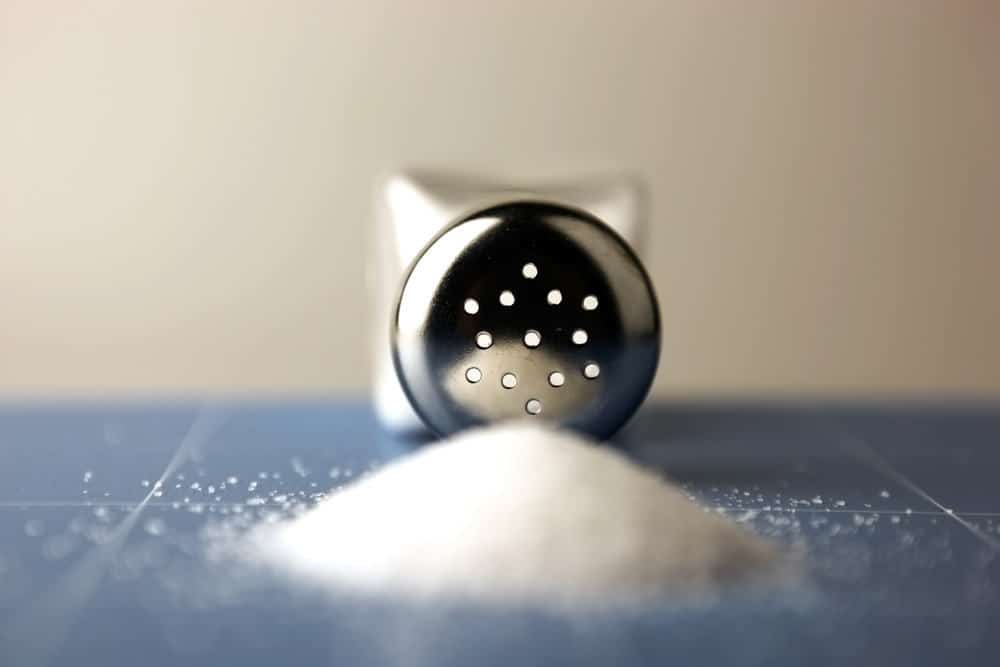Contents:
- Medical Video: How To Reduce High Blood Pressure Naturally | How To Prevent High Blood Pressure Naturally
- Why is it important to check blood pressure?
- What is normal blood pressure?
- What does it mean if the numbers obtained are high or low?
Medical Video: How To Reduce High Blood Pressure Naturally | How To Prevent High Blood Pressure Naturally
The World Health Organization (WHO) states that high blood pressure is the main cause of death from various cases of heart disease that occur. Hypertension is often referred to as silent killer is a silent killer, because it usually shows no symptoms, but can be fatal.
According to the World Hypertension League (WHL) data, more than 50% of the population in the world (about 1 billion in number) does not realize that they have high blood pressure. Many people rarely check blood pressure, so they don't know that they have hypertension. This is of course dangerous, because untreated hypertension risks causing heart disease, stroke, kidney failure, and other health problems that can be deadly.
Why is it important to check blood pressure?
Routinely checking blood pressure is something everyone should do. That way, you will know the condition of your heart health.
Having normal blood pressure indicates that the heart is able to provide a blood supply containing oxygen and food, to all organs of the body properly.
When you check blood pressure, there will be two numbers listed on the results, namely the systolic above and the diastolic number at the bottom.
- Systolic is the pressure produced when the heart contracts and pushes blood into the arteries. When this happens, blood will flow to all parts of the body.
- Diastolic is the pressure that occurs when the heart rests. When resting, the heart will get oxygen-rich blood from the lungs.
The results of checking systolic or diastolic blood pressure must be ascertained in the range of normal numbers, otherwise it indicates that your heart is working too hard or even slowing down.
What is normal blood pressure?
If you are healthy and do not have any disease, then your blood pressure should be within the normal range.
Normally, healthy adult blood pressure is between 90/60 mmHg to 120/60 mmHg. In other words, normal systolic pressure is 90-120 mmHg. While healthy diastolic numbers range from 60-80 mmHg.
If when checking blood pressure, the two numbers result in less or more, you may experience certain heart function disorders.
For example, if the systolic number is normal while the diastolic number is high, it indicates that you have diastolic hypertension.
What does it mean if the numbers obtained are high or low?
People who have blood pressure at a systolic number 120-140 mmHg and a diastolic rate of 80-90 mmHg are declared to have prehypertension. That is, even though it has not been fully convicted of hypertension, your blood pressure is not ideal.
But actually, you don't need to worry too much about the results of one blood check, because an increase in blood pressure can be affected by many things, for example when you have just finished exercising, eating, or taking medication. The most important thing is to check blood regularly so that you know what your normal blood pressure is, and can take immediate precautions when blood pressure is constantly higher than usual.
If you experience prehypertension, there are many ways you can prevent it from becoming hypertension, namely by changing your diet to be healthier and exercising regularly.
People who have hypertension generally have blood pressure above 140/90 mmHg every time they are examined. When that happens, your heart has worked very hard to pump blood and is at risk of certain disorders.













